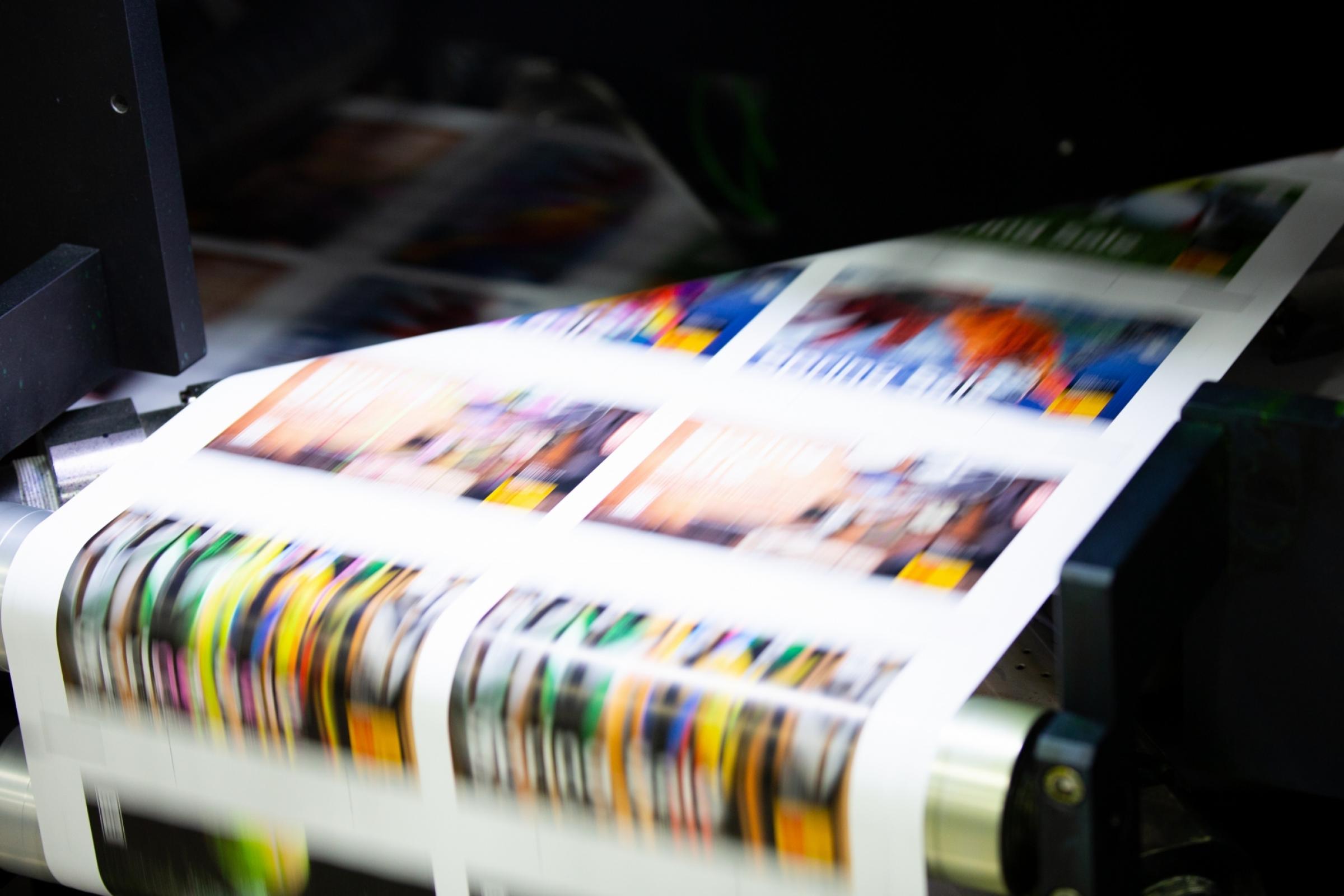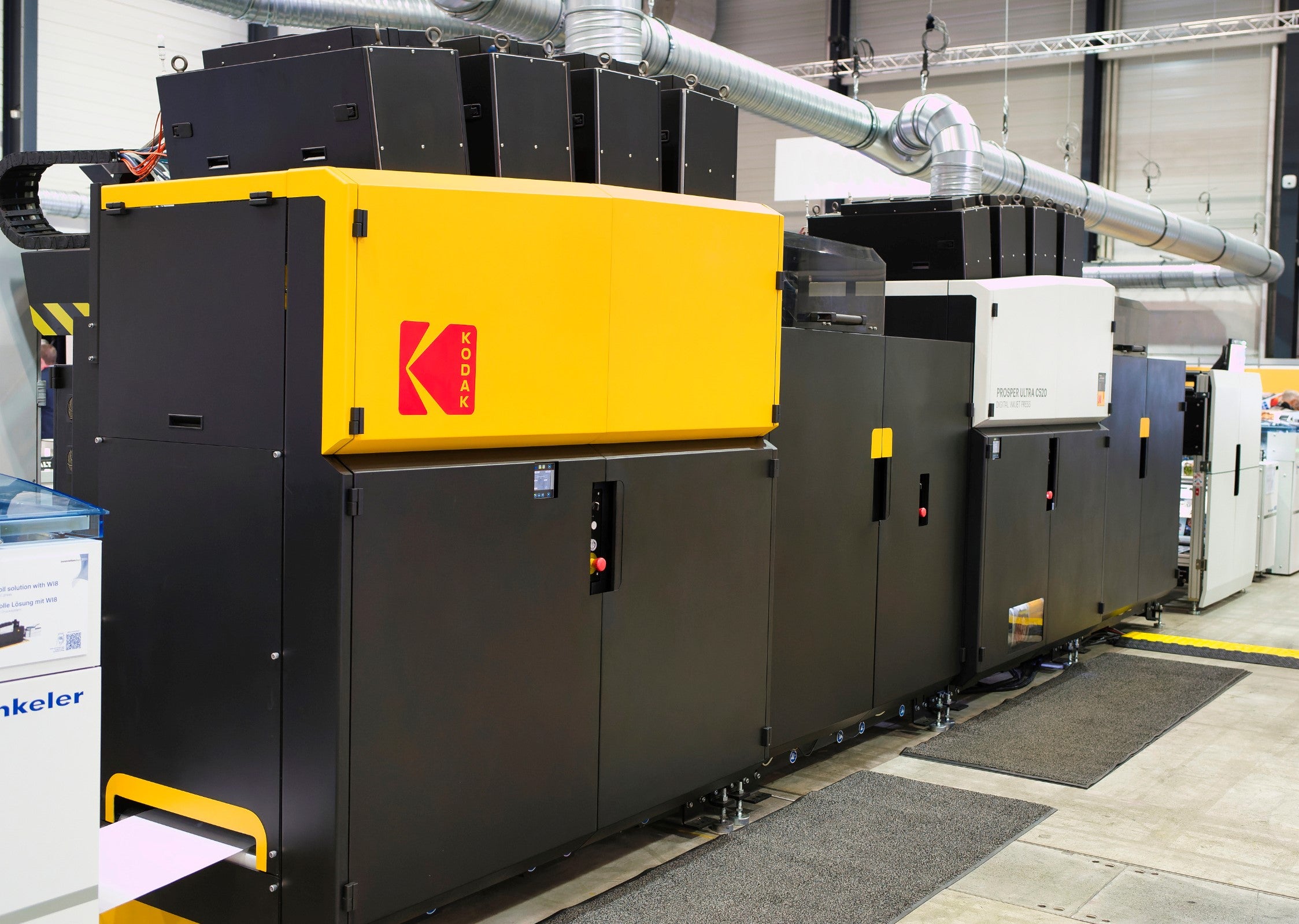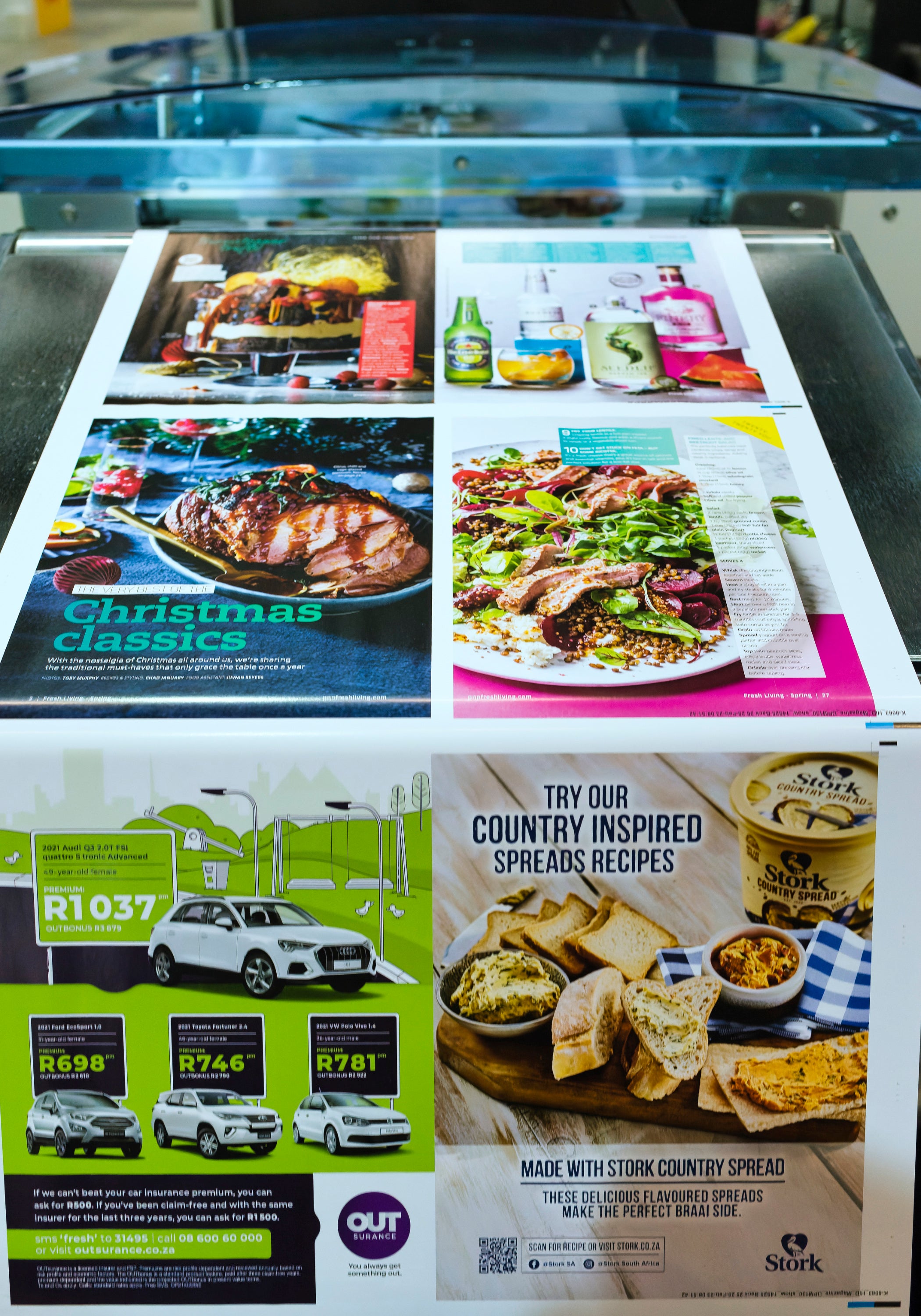Inkjet paves the way for the future of print
THE ARTICLES ON THESE PAGES ARE PRODUCED BY BUSINESS REPORTER, WHICH TAKES SOLE RESPONSIBILITY FOR THE CONTENTS


Kodak is a Business Reporter client.
Printing has a long history of development and innovation: from Gutenberg’s development of the printing press in the 15th century it has been marked by numerous technological and market revolutions. While digital printing initially struggled to match traditional analogue printing techniques in terms of productivity, output quality and cost-efficiency, advances in technology have helped bring it to the point where it can be considered an ideal complement – and in some cases already a replacement – to traditional printing processes.
Inkjet technology is the key driver of this development. For some years now, manufacturers from all over the world have been introducing new solutions for inkjet production printing to the market. Kodak is setting the standard in this field, with its proprietary high-speed Continuous Inkjet (CIJ) technology, which offers a host of advantages over drop-on-demand (DOD) inkjet technology in terms of speed, quality and operational reliability.
State-of-the-art inkjet presses, such as the recently launched KODAK PROSPER ULTRA 520 Press, rival traditional printing processes in terms of productivity and cost-effectiveness. What’s more, they deliver excellent image quality on par with high-quality offset printing and are perfect for printing on a wide range of paper substrates. Thanks to these capabilities, more and more jobs can be shifted from traditional printing methods, such as offset, to digital.

Inkjet digital printing is perfect for meeting the ongoing trend towards shorter print runs and market demand for more agile production with faster job turnaround. Digital does not require time-consuming and labour-intensive print preparation with platemaking. In addition, it can be used to efficiently produce variable data or mass customisation jobs. These fast and flexible options are essential for the successful execution of integrated online and offline marketing campaigns, for example. This also applies to packaging, with its shrinking life-cycles and growing product variations necessitating a more flexible and responsive process due to smaller production batches and increasingly creative promotions.
Lean operation, automation, smart quality optimisation
Digital enables print service providers to improve the accuracy and efficiency of their production and successfully counter growing cost pressures and labour shortages. Advanced digital print solutions such as the KODAK PROSPER Inkjet Presses typically require just one operator. Automation and the use of advanced sensor technology and intelligent software ensure reliable press operation and consistently high-quality results. Kodak’s patented Intelligent Print System ensures peak output by continuously monitoring and evaluating system operation and providing a visual monitoring system for operator inspection.
As print runs decline, it is becoming increasingly important to reduce manual touchpoints throughout the business and production process to minimise human error and unnecessary waste, thereby reducing costs. Consequently, printers will increasingly integrate their digital presses into a highly automated, end-to-end workflow ecosystem that connects their e-commerce, customer collaboration tools, production workflow and MIS/ERP software.
This will also set the stage for more artificial intelligence (AI) tools to enter the printing industry – for example, to help select which press to use for a specific job and even determine the best time to run the job to avoid production scheduling conflicts upstream in prepress and downstream in print finishing.
Another trend will be to introduce flexible, fast and cost-effective robotic solutions at the shop floor level. This will enable the automation of tedious and time-consuming manual tasks. For example, this includes staging consumables or the transport of work in progress from press to postpress and from postpress to shipping. In the future, the efficiency and profitability of a print shop’s production processes will depend even more than today on the level of automation throughout the operation.
Improved sustainability and resource conservation
At a time when commercial print customers and brand owners are increasingly demanding that printers offer sustainable manufacturing practices, digital printing is the right solution for this challenge. It meets the global trend toward greater sustainability and conservation of resources. Digital does not require printing plates, which are mainly made of high-quality aluminium – a valuable resource whose production is energy-intensive and comes with a huge carbon footprint. Likewise, the complex manufacturing as well as the transport and storage of printing plates and plate processing chemistry are eliminated.
KODAK Inkjet Presses further improve sustainability by printing with water-based pigment inks and coatings. These inks are more sustainable than conventional solvent-based inks. They do not contain PVC or phthalates, making them safer for people and the environment.

Paper was just the start
Today, and even more so in the future, digital printing is much more than putting ink on paper. Kodak’s innovative water-based inks and coatings create the ability to print on impermeable substrates such as film and foil. These capabilities of Kodak’s technology are being used today in dedicated high-performance digital presses for flexible packaging production and production lines for personal care products. Other potential applications include home decor, laminates and textile products.
In the future, further advances in inkjet technology and consumables will ensure that the range of supported substrates and applications grows even further. So it makes sense that Kodak doesn’t just develop the inkjet technology, but also the associated inks and coatings it uses. The company can draw on more than 130 years of experience in the research and development of advanced materials and chemicals. Printers can therefore be sure they will get a complete, reliably working solution for every current and future application from one source.
Kodak is focused on not only keeping up with the rapid pace of technological advancement in digital printing technology but also playing a leading role in defining that advancement and shaping the future of print. We will continue to invest in our inkjet and software platform business to provide our customers with the solutions they need to thrive in the evolving print market, driving the efficiency improvements they expect.
There is no question that printing has a future, and one might also conclude that the future will be printed – digitally with inkjet.
To find out more, click here.
